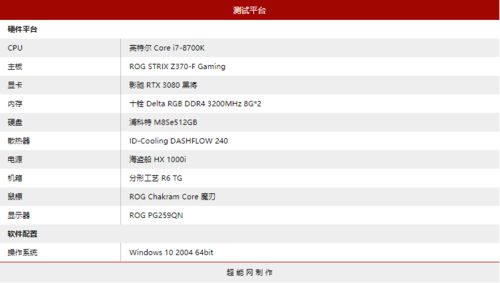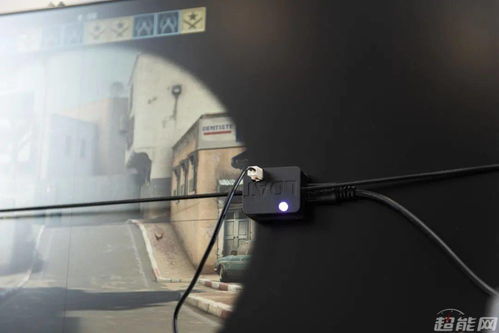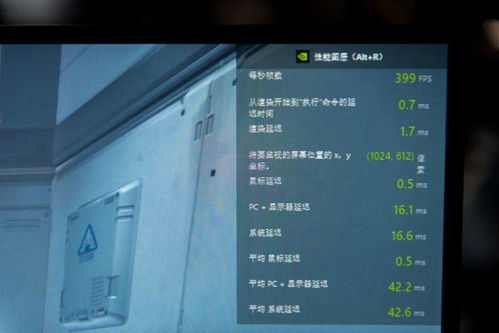Does AR/VR Need Low Latency and High Bandwidth?
Immersive experiences in Augmented Reality (AR) and Virtual Reality (VR) have become increasingly popular, captivating users with their ability to transport them to new worlds. However, the quality of these experiences heavily relies on two critical factors: low latency and high bandwidth. In this article, we will delve into why these two aspects are essential for AR/VR and explore the various dimensions that contribute to their importance.
Understanding Latency

Latency refers to the time it takes for data to travel from its source to its destination. In the context of AR/VR, latency is the delay between the user’s input and the system’s response. High latency can lead to a laggy and unresponsive experience, which can be extremely frustrating for users.
According to a study by the University of Washington, a latency of 20 milliseconds or less is considered imperceptible to the human eye. However, even a latency of 50 milliseconds can cause noticeable discomfort and motion sickness in some users. Therefore, achieving low latency is crucial for providing a seamless and immersive AR/VR experience.
The Role of High Bandwidth

Bandwidth, on the other hand, refers to the amount of data that can be transmitted over a network in a given amount of time. High bandwidth is essential for AR/VR because it allows for the transmission of large amounts of data, such as high-resolution images, videos, and 3D models, in real-time.
A study by the University of Southern California found that a minimum of 10 Mbps (megabits per second) is required for a high-quality VR experience. This ensures that the user can enjoy smooth and uninterrupted visuals, as well as high-quality audio and haptic feedback.
Why Low Latency and High Bandwidth are Essential

Low latency and high bandwidth are essential for AR/VR for several reasons:
| Aspect | Importance |
|---|---|
| Immersive Experience | Low latency and high bandwidth ensure that the user’s movements are accurately captured and translated into the virtual environment, providing a more immersive experience. |
| Real-Time Interaction | With low latency, users can interact with the virtual environment in real-time, making the experience more engaging and responsive. |
| Quality of Visuals | High bandwidth allows for the transmission of high-resolution images and videos, ensuring that the visuals are clear and crisp. |
| Comfort and Safety | Low latency helps prevent motion sickness and discomfort, making the experience more comfortable and safe for users. |
Challenges in Achieving Low Latency and High Bandwidth
While the importance of low latency and high bandwidth is clear, achieving these goals comes with its own set of challenges:
-
Network Infrastructure: The current network infrastructure may not be capable of supporting the high bandwidth required for AR/VR experiences.
-
Device Performance: The performance of AR/VR devices, such as headsets and smartphones, plays a crucial role in achieving low latency and high bandwidth.
-
Content Development: Creating high-quality AR/VR content that requires low latency and high bandwidth can be challenging and time-consuming.
Future of AR/VR with Low Latency and High Bandwidth
As technology continues to evolve, we can expect to see advancements in network infrastructure, device performance, and content development that will make low latency and high bandwidth more accessible for AR/VR experiences.
5G networks are expected to provide the necessary bandwidth and low latency required for high-quality AR/VR experiences. Additionally, advancements in hardware and software will further enhance the performance of AR/VR devices, making them more capable of handling the demands of immersive experiences.
In conclusion, low latency and high bandwidth are essential for achieving high-quality AR/VR experiences. While challenges exist, ongoing advancements in technology will continue to push the boundaries of what is possible in the world of AR/










